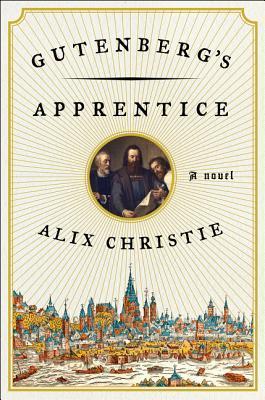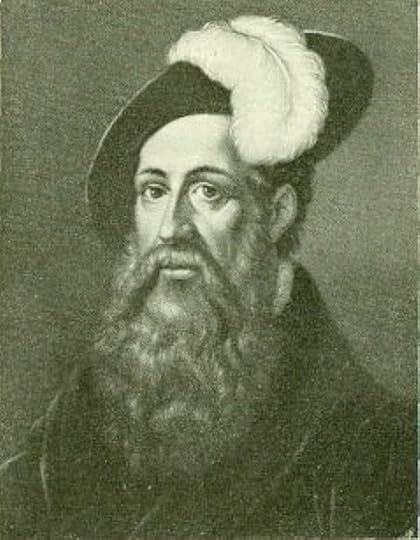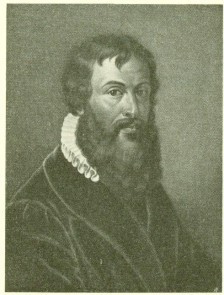What do you think?
Rate this book


432 pages, Kindle Edition
First published September 1, 2014





For centuries the ruling class had run the city like their private bank. They’d lent the council sums they then repaid themselves at crushing rates of interest. These bonds they then bequeathed to their own spawn, in perpetuity. Thus was the city fated to insolvency, like half of the free cities of the Reich. Each time the treasury was bare, Archbishop Dietrich would step in, prop up that rotting edifice, enact some other tax that only workingmen and merchants had to bear.Contemporary issues resonate here. Just as the internet, a marvelous bit of technology, can be put to low or dark purposes, so could the original printing press. In fact an early money-maker for Gutenberg was the equivalent of a penny-dreadful. The selling of indulgences by the Church is echoed today whenever the Department of Justice investigates corporations for malfeasance. What remains clear is that tools, even miraculous ones, are only as good as the people who control them. The stresses between old and new, between powerful and less powerful, between religious and secular power comes through. BTW, one of the reasons Gutenberg opted to produce a bible is that a project that was in the works with church leaders to print a standardized missal fell through. I suppose one might call this an early missal crisis. I wouldn’t, but I suppose some might.

The craft of printing spread like wildfire: within a decade ... the secret knowledge spreading from Germany to Italy and Switzerland and France. Printers set up shop in more than 250 cities between 1450 and 1500, a period known as the time of incunabula—the cradle years of printed books.
Forty-eight copies of the Gutenberg Bible still exist, complete or in part, out of the estimated 180 copies made. Some library collections generously cite the makers as "Gutenberg-Schoeffer-Fust?" Most do not. The last time one was auctioned, in 1987, a buyer paid $5.4 million for the Old Testament alone.